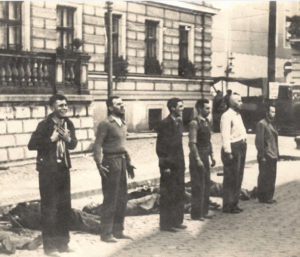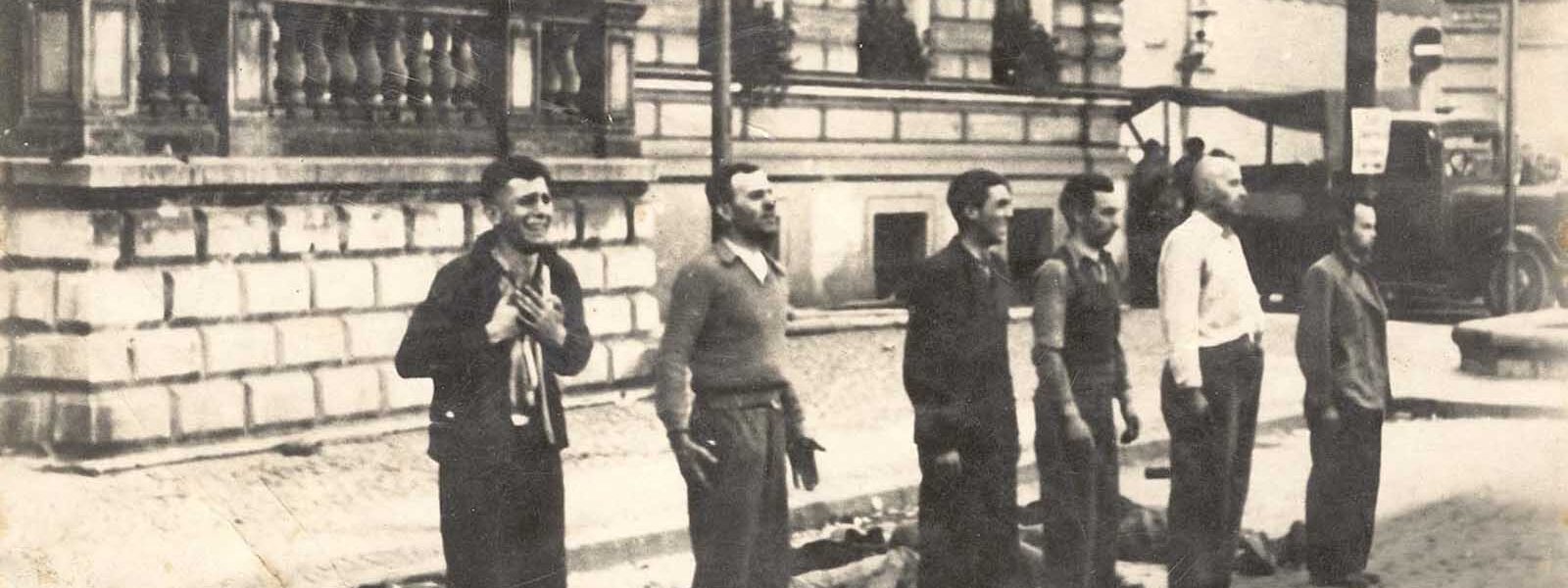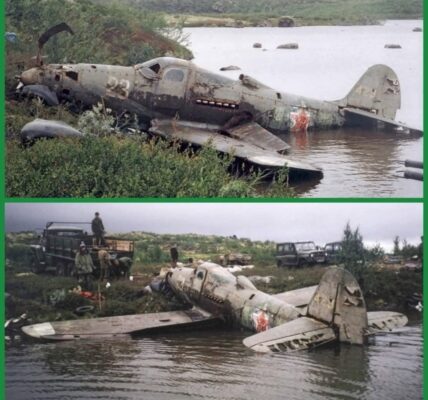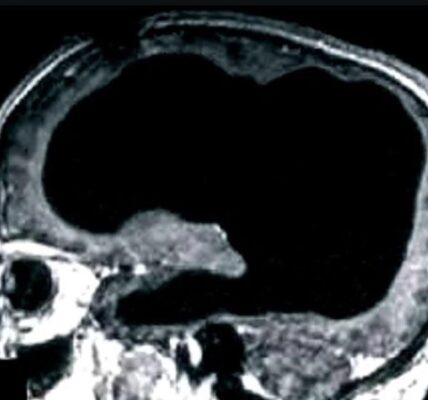Facing Death: The Different Expressions of Six Polish Civilians Shortly Before Their Death by Shooting, 1939

Facing death: Poles shot by Germans in Bydgoszcz, September 9, 1939.
It’s interesting to see the range of emotions these men displayed: fear, defiance, equanimity, acceptance, and dread. The third from the left even smiles. The execution took place on Bloody Sunday 1939 in Bydgoszcz, Poland.
Bloody Sunday was a series of murders of members of the German minority at the beginning of World War II. On September 3, 1939, two days after the start of the German invasion of Poland, highly controversial murders took place in and around Bydgoszcz (German: Bromberg), a Polish city with a sizeable German minority. The number of victims and other details of the incident are disputed among historians.
The Nazis used the deaths as a pretext for a massacre of Polish residents after the Wehrmacht captured the city. In retaliation for the Bloody Sunday murders, several Polish civilians were executed by German military units of the Einsatzgruppen, the Waffen-SS, and the Wehrmacht
According to the German historian Christian Raitz von Frentz, by the end of 1939, 876 Poles had been tried by German tribunals for their involvement in the events of Bloody Sunday. 87 men and 13 women were convicted without the right of appeal.
The Polish historian Czesław Madajczyk mentions 120 executions in connection with Bloody Sunday, as well as the execution of 20 hostages after a German soldier was allegedly attacked by a Polish sniper.
The term “Bloody Sunday” was created and promoted by Nazi propaganda. One instruction to the press read: “…must report news of the barbarism of the Poles in Bromberg. The expression ‘Bloody Sunday’ must be incorporated into the dictionary as a permanent term and made known worldwide. For this reason, this term must be constantly emphasized.”
.”
Goebbels’ Propaganda Ministry exploited the events to gain support for the invasion in Germany. Press reports and newsreels depicted Polish violence against the German minority in Poland.
Goebbels originally estimated that 5,800 Germans had been killed on Bloody Sunday, but increased this estimate to 58,000 in 1940. This estimate was later published in the pamphlet “Polish Cruelties against the German Minority in Poland,” which convinced most Germans to support the invasion and further fueled hatred against Poles.




